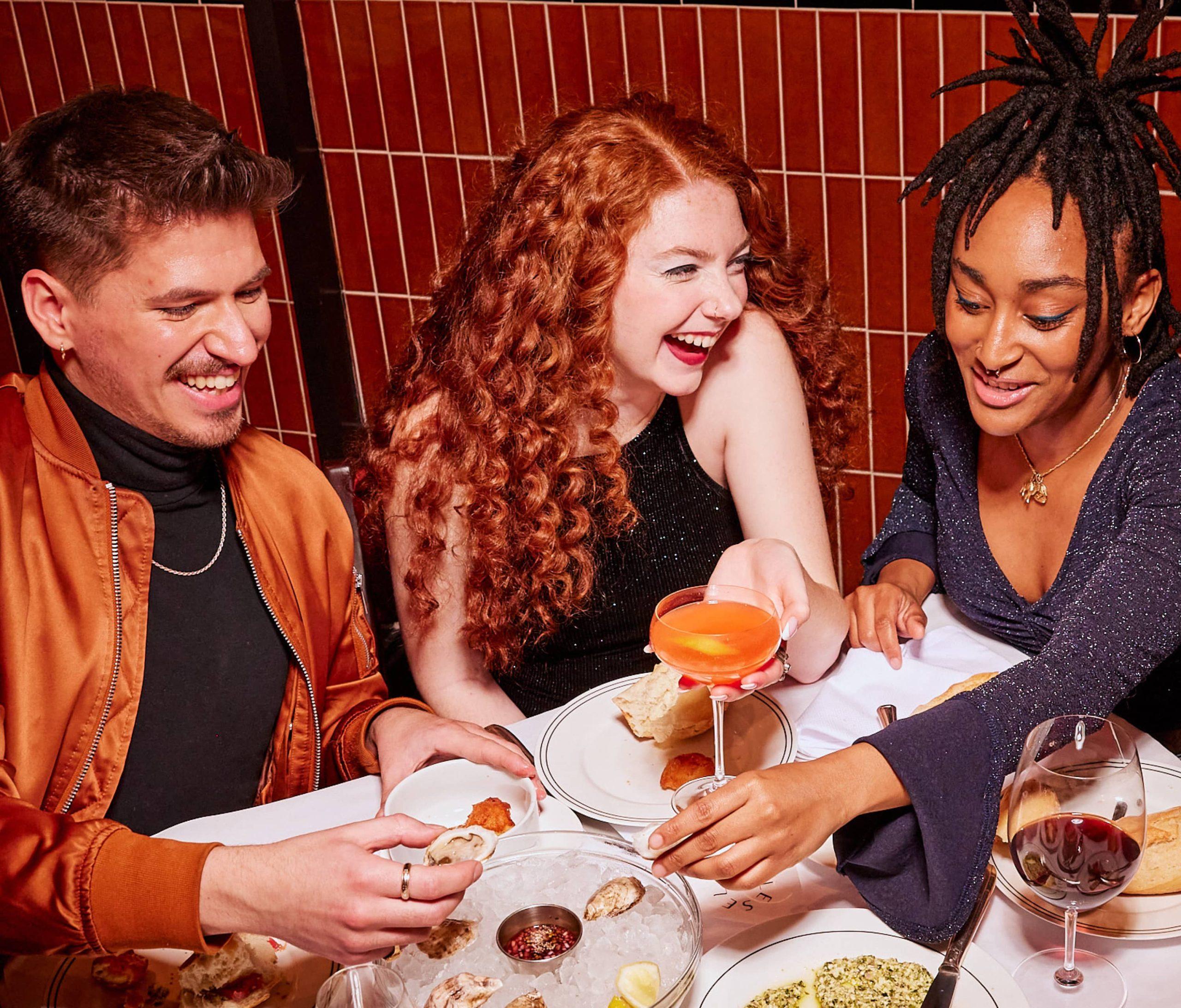When people visit a restaurant’s website, they’re on a fact-finding mission. They have questions and want answers, now. If diners can’t quickly find out what they want to know, they’ll likely go elsewhere. Losing guests is the risk you run when things like hours of operation are buried seven pages deep into your website. Here are the most common types of information guests need to know when picking a restaurant where to go out to eat and how to make it obvious to them.
Address and hours
These are the true basics. Show the street address and hours of operation in several places throughout your web presence. Think: front and centre on the website, in social media bios and detailed in your profile. Drop anything ambiguous. Instead of ‘weekend brunch’, be specific – ‘Sunday brunch from 9am to 2pm’ or ‘All-day brunch Saturday and Sunday (10am-4pm)’. If you use the phrase ‘open until close’ anywhere, replace it with your actual hours of operation. If dinner service runs until 10pm on Wednesday and Thursday but 11:30pm on Friday and Saturday, specify that. Spell out what happens between lunch and dinner service if you close, have a limited menu, or it’s bar-only.
Payment options
People want to be prepared when the check arrives. Most restaurants take credit cards but not all. If you’re cash-only, communicate that to prevent an awkward run to the nearest ATM when it’s time to pay the bill. List which credit cards you take and if you have any limitations about redeeming gift cards. (For example, do gift cards work across brands in a restaurant group?) If people can use apps such as Revolut to settle up, list it as an option.
Outdoor dining details
Alfresco tables are more popular than ever during all four seasons and in every kind of weather. Many people seek outdoor tables with specific features that meet their needs. Describe the type of outdoor dining available, whether it’s a terrace, rooftop area, canalside location or a courtyard. Mention any shelter that keeps tables dry in the rain. In the colder months, guests will look for heated outdoor areas; in summer, they may wonder about fans. Include those details as well. One of the best ways to convey what guests want to know is with photos. Add clear photos of your outdoor seating areas to your website, profile and social media feed.
Table types
Outdoor or indoor isn’t the only distinction guests make. The type of seating matters to some as well. People may want to avoid communal seating, picnic-style tables or tall bar tables and stools. They may wonder if there are booths or banquettes in addition to tables and chairs and if it’s possible to request their preferred type. Setting specific dining areas can answer some of these questions during the reservation process, as can ample photos of the interior. Feel free to over-communicate about table types – those with specific needs or preferences will appreciate the information.
Policies and rules
Tell guests about any health and safety policies in advance. Your profile offers a place to make this clear, so consider using it to explain any expectations, such as the maximum time a guest’s reservation grants them at a table, whether the host will seat incomplete parties, and what kind of grace period guests have after their reservation time. When it comes to rules and regs, more information is always better.
Menus
One of the most sought-after sources of information is the restaurant’s menu. As much as possible, ensure any posted menus are accurate and up-to-date. You don’t want guests coming in excited to order off last month’s menu and be disappointed.
Even if all menus are posted on the restaurant website, add them to your profile as well – when people click off the profile page, they may not come back to make the reservation they intended to.
Some people seek out menus because they have special dietary requirements. Highlight any dishes that work for popular ways of eating, such as gluten-free or vegetarian. If the kitchen is (or is not) able to modify dishes to accommodate dietary restrictions, add that information. And post all menus, not just the food menu. If there are happy hour menus, dessert menus, wine lists, or speciality drink menus to share, add them to your profile as well. You never know what will catch someone’s eye.
Accessibility
Take pride in what you’ve done to make your restaurant accessible to all by shouting it out on your website. Note if the restaurant is wheelchair accessible in your profile, too, because people can and do search for it.
In cities and towns that are made up of newer buildings, wheelchair accessibility is usually a given because it’s required by the Disability Discrimination Act (DDA). But if your restaurant is in a historic area with old buildings, it’s especially important to let people know if wheelchairs can move around the space. And if you’ve gone beyond DDA requirements by providing a braille menu for vision-impaired guests, be sure to include that information as well.
Family friendliness
Parents want to dine out with their kids, and they look for certain key pieces of information to decide where to go. They want to know if restaurants have highchairs, family bathrooms and a kids menu, for starters. Give these amenities a place of pride on your website and include them in your profile, if you have them. Adding some photos of families enjoying a meal can underscore the point.
In the know
While these are the most common details people look for, it’s not an exhaustive list. Make these things obvious but also remember to communicate with guests after a reservation is on the books.
Direct messaging is a great way to dial in the details on issues related to special diets and accessibility in particular. When people can find the facts, it sets the tone for a positive relationship between a restaurant and a guest.




